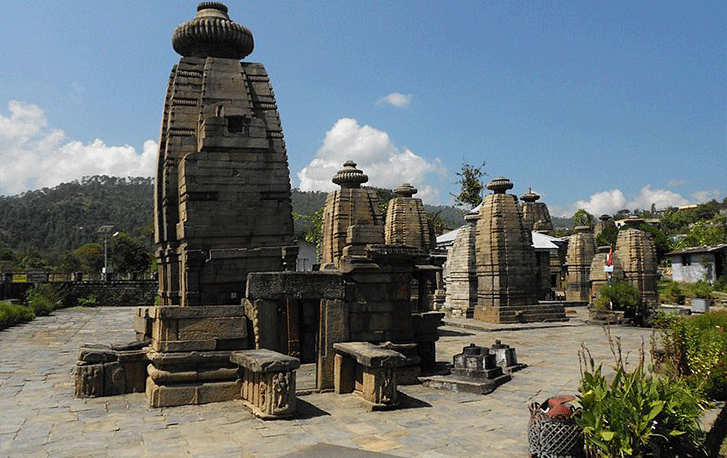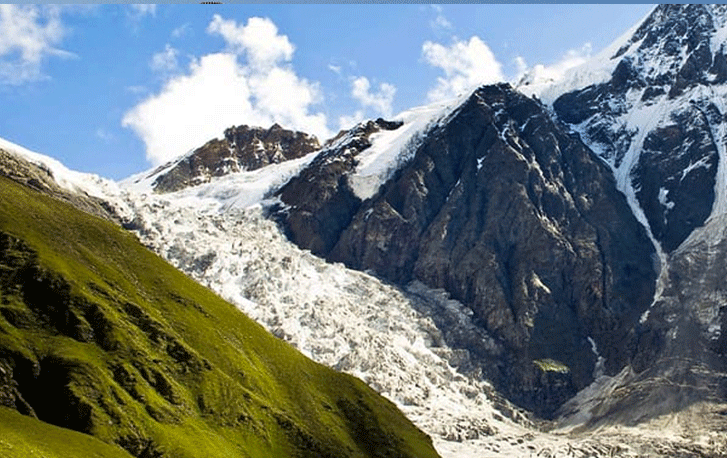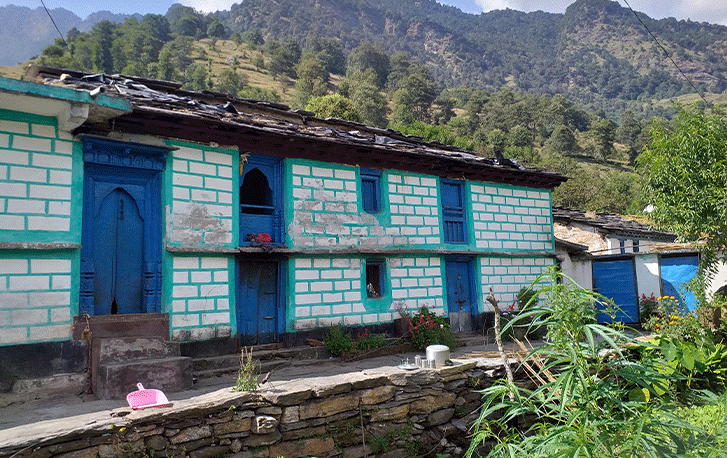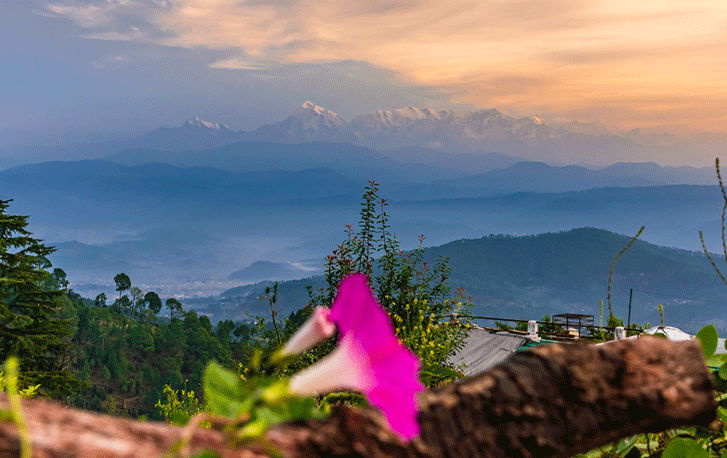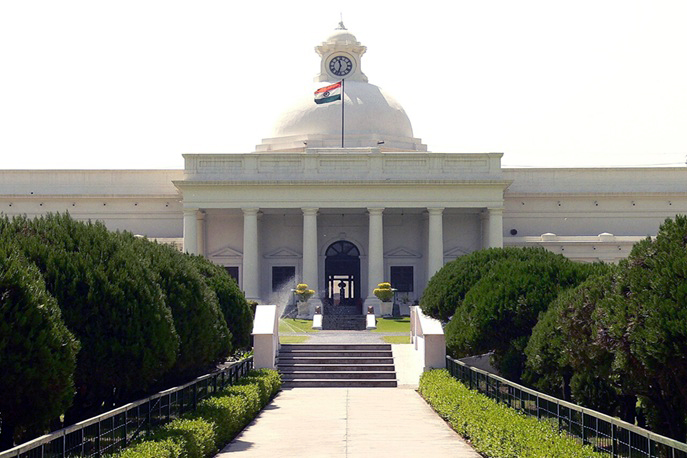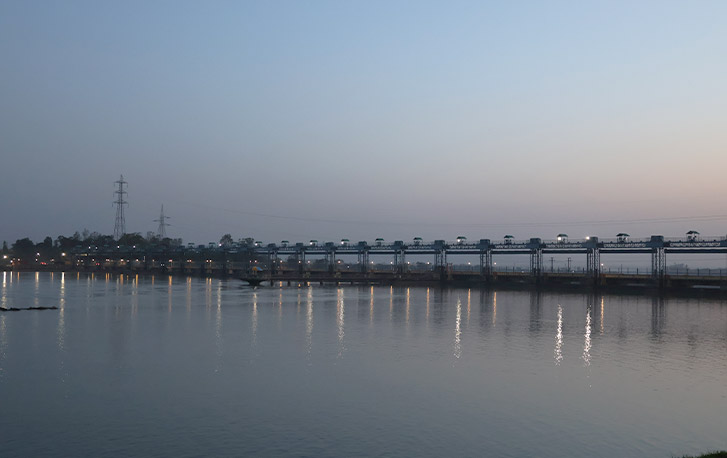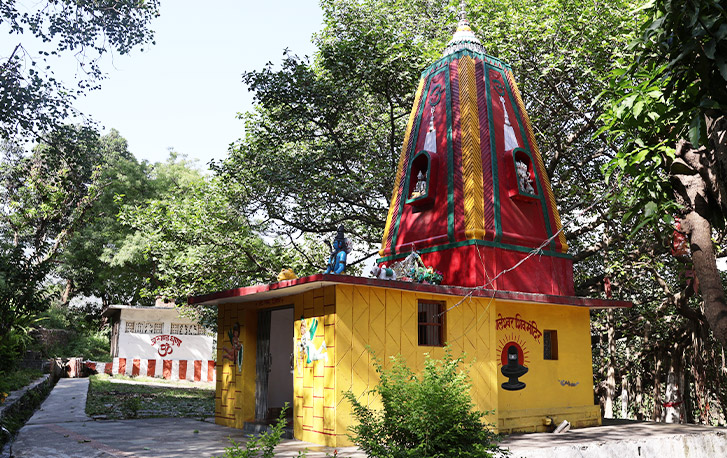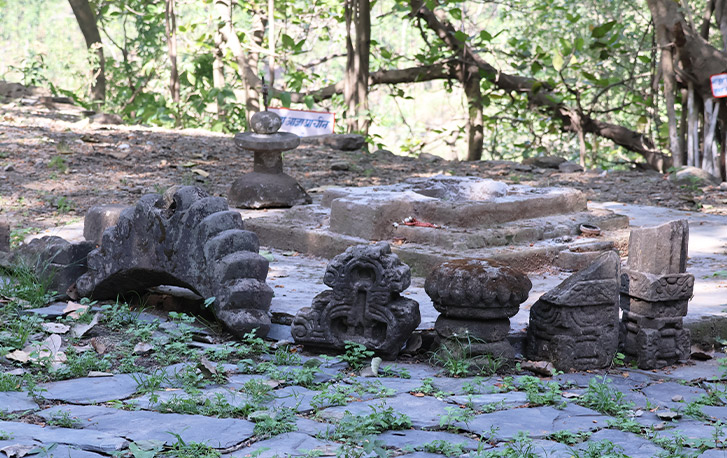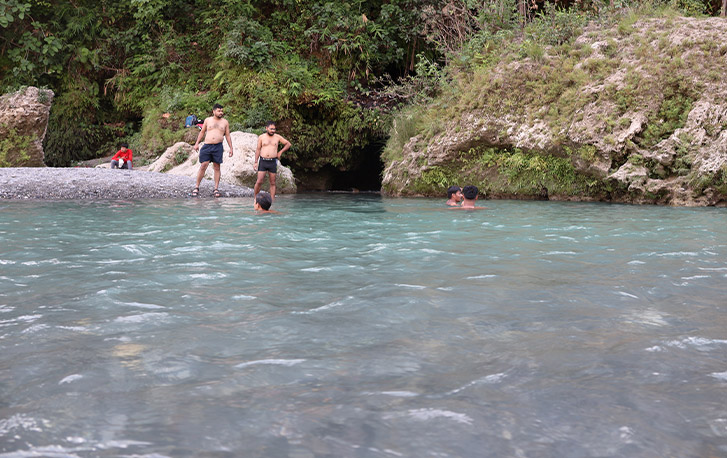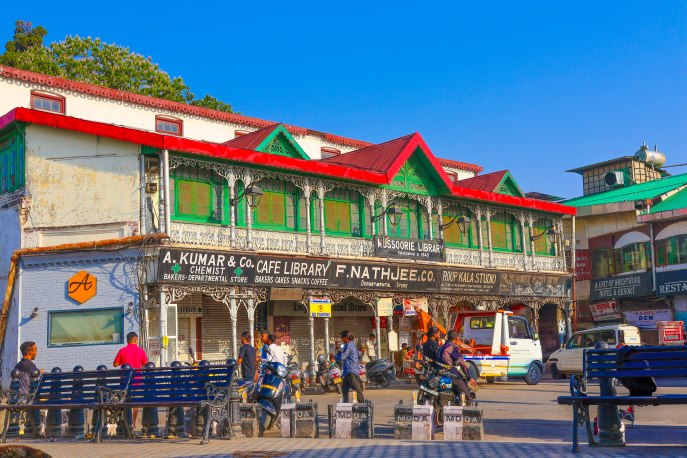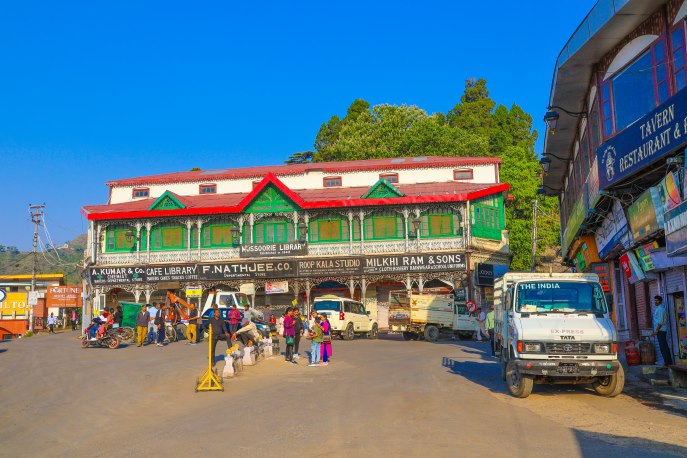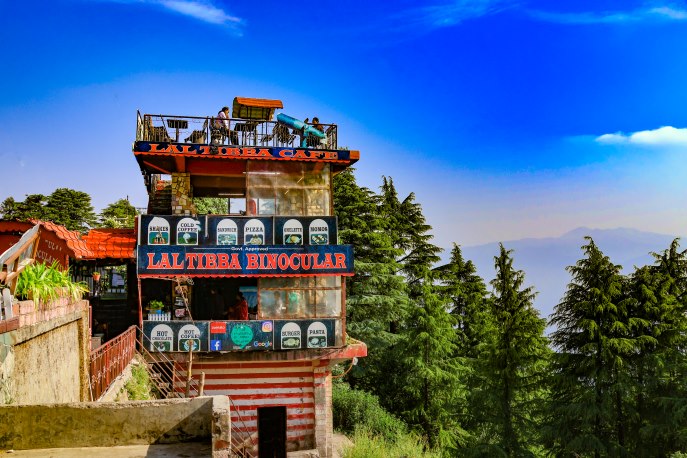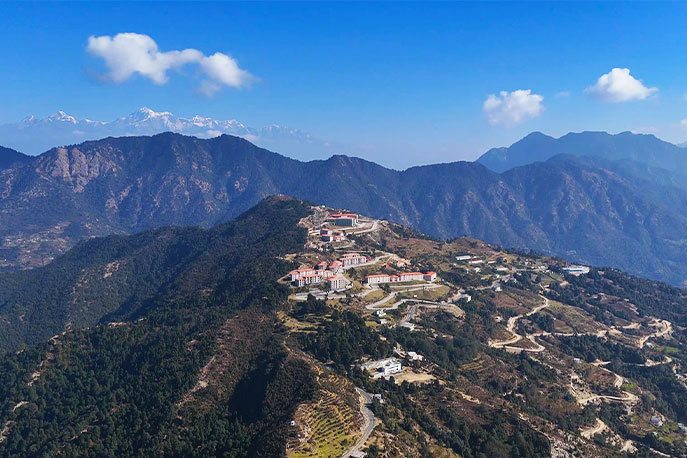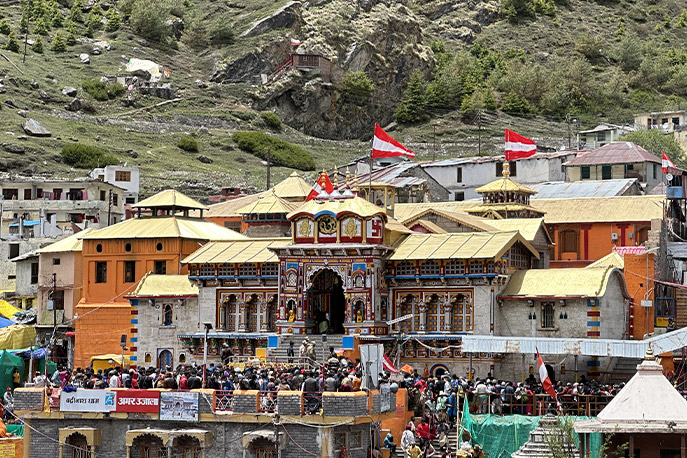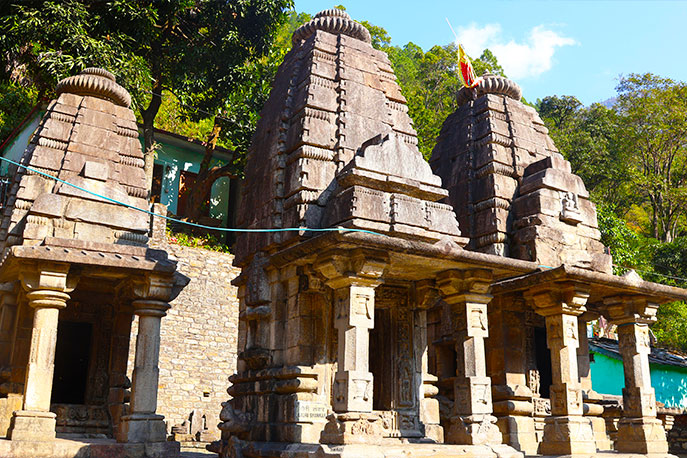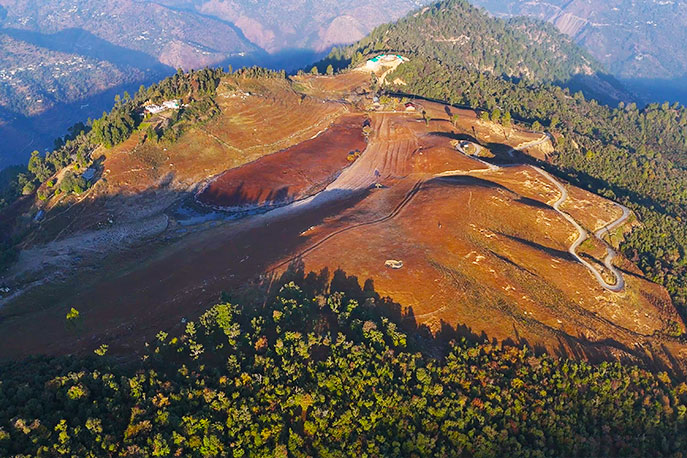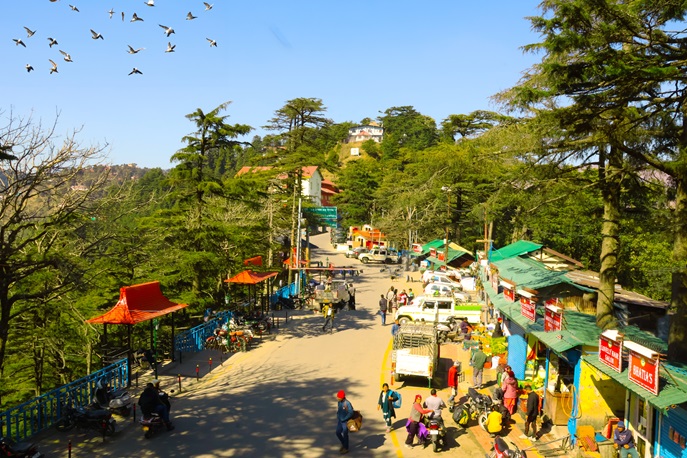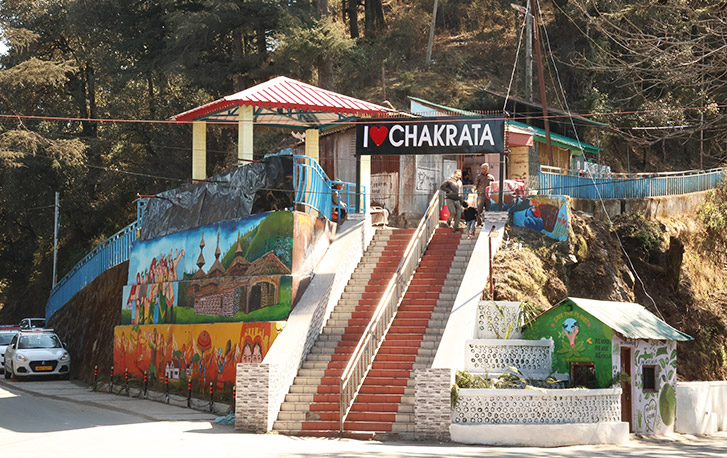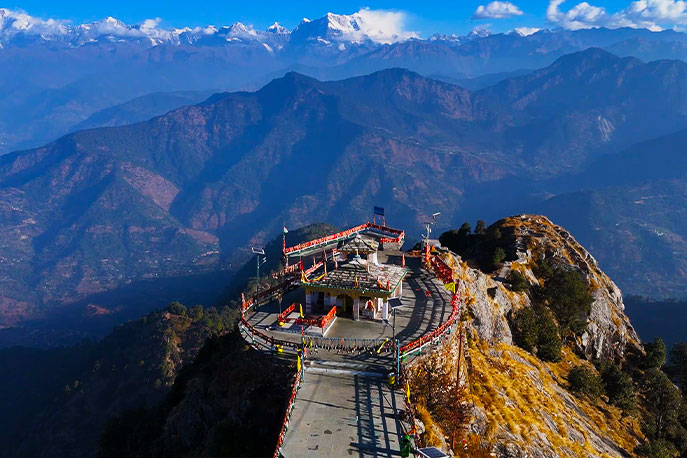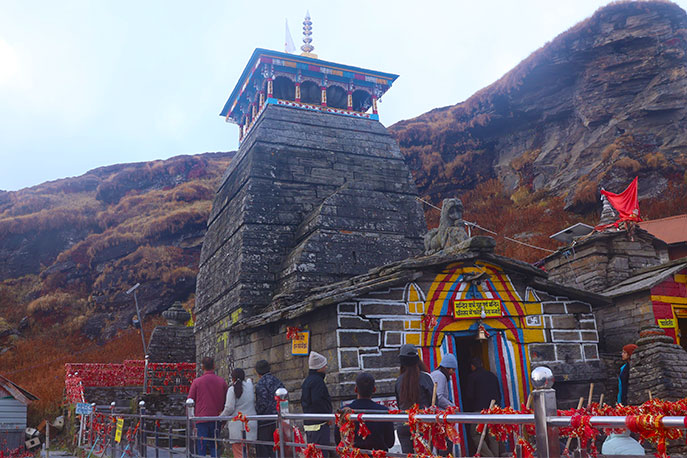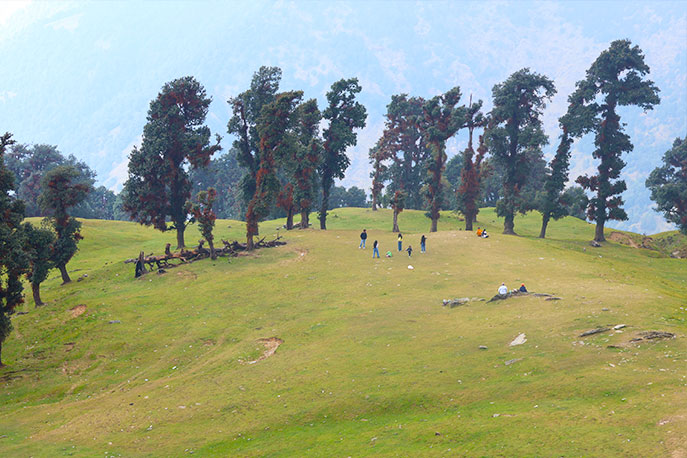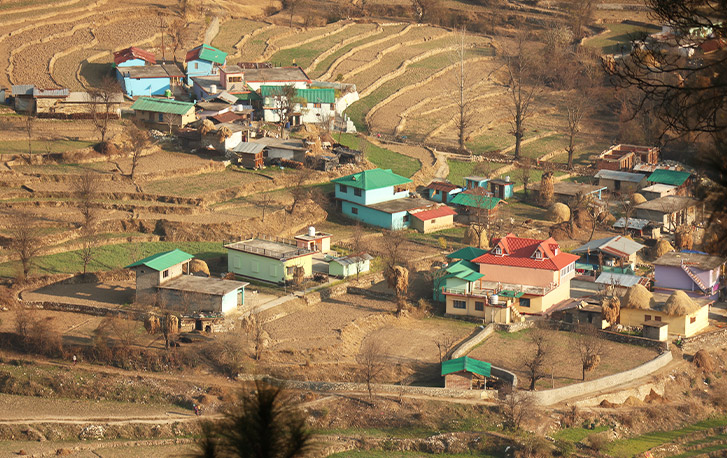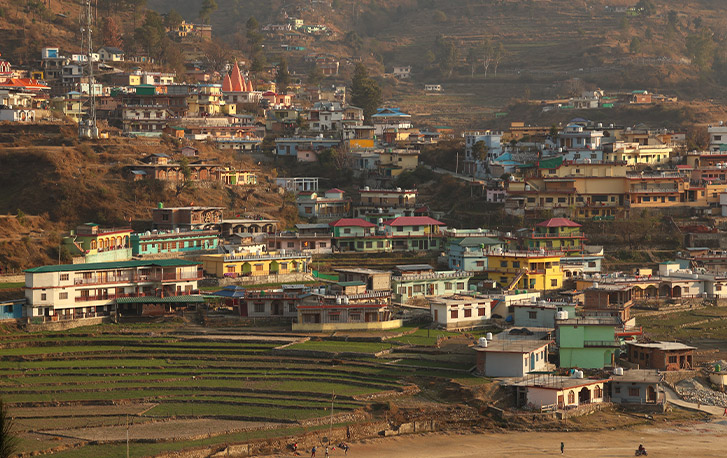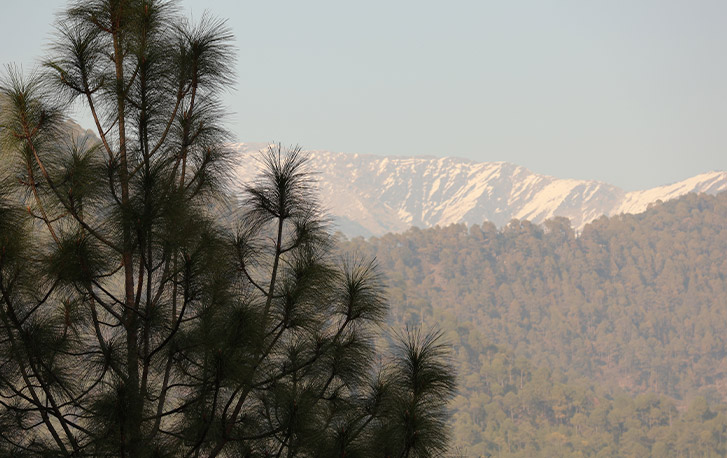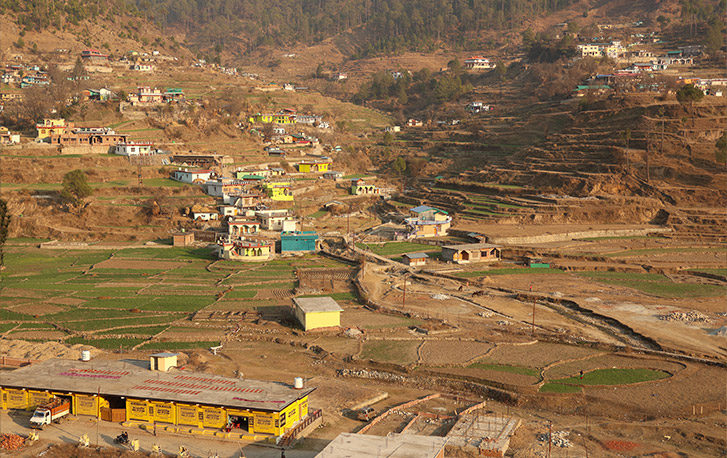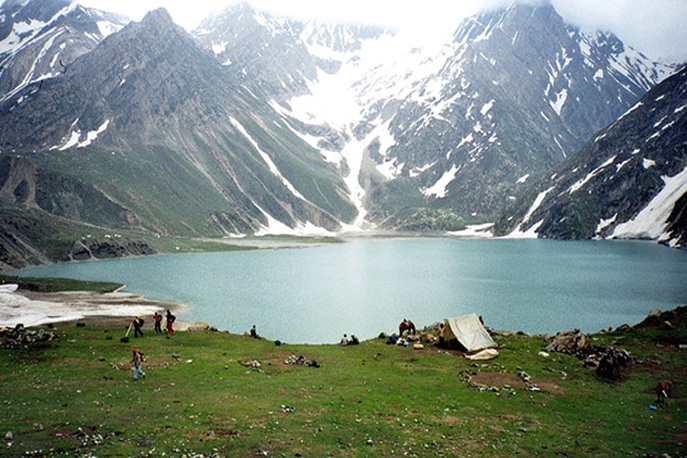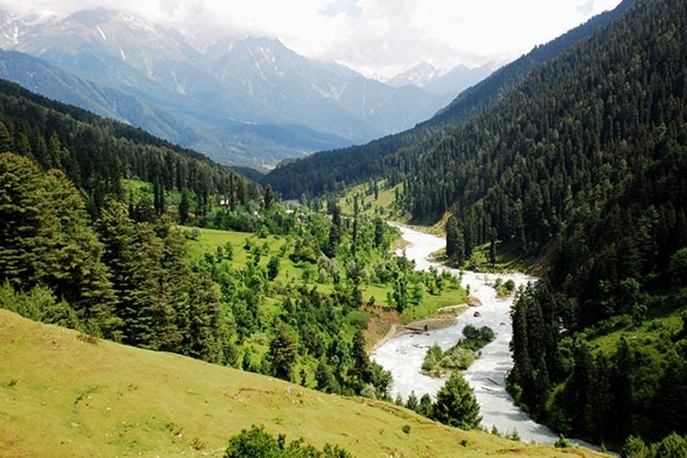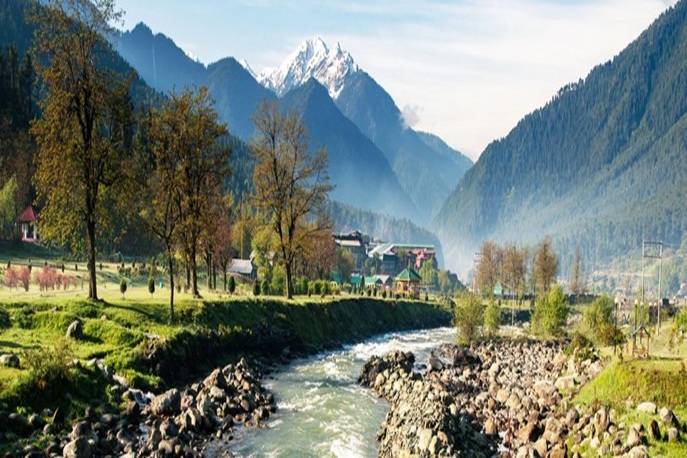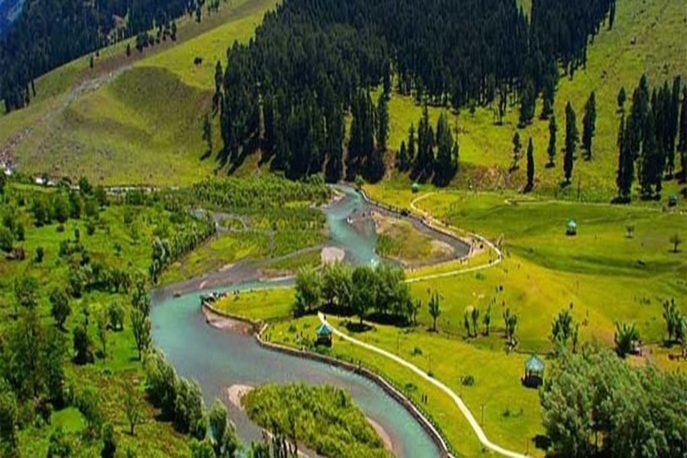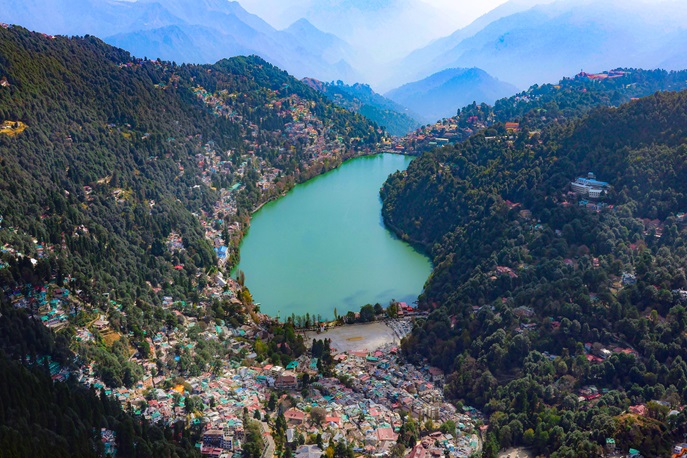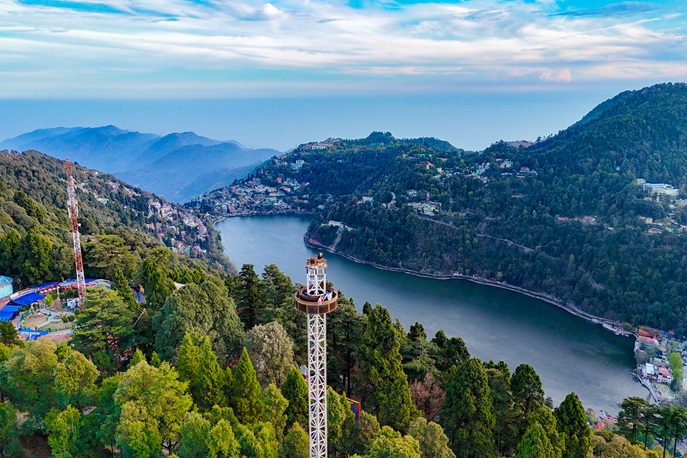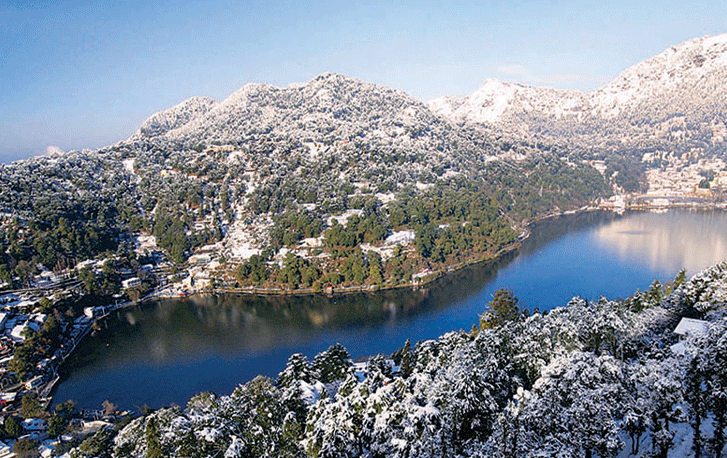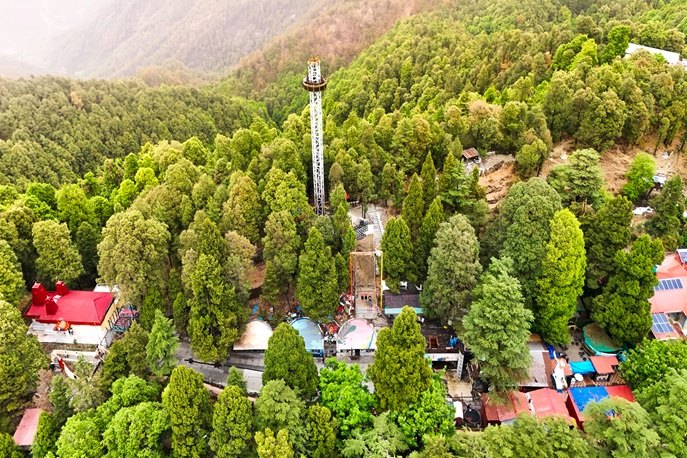Bageshwar District
About
Bageshwar is one of the six districts in Kumaun Division, which is known for its temples. Home to various revered and renowned sacred sites, Bageshwar is also called as “City of Temples”. Situated at the confluence of Saryu and Gomti rivers, Bageshwar is surrounded by Bhileshwar and Nileshwar mountains. It gives a majestic and panoramic view of the mountains, glaciers, and rivers. Bageshwar is the administrative headquarters of the Bageshwar district, which is located around 315 km from Dehradun and 455 km from Delhi. It connects well by Air, Rail, and Road. District comprises 910 villages, 6 Tehsils, and 3 Municipal Corporation. With a population of less than 3 lakhs, it is one of the least populated districts in the state.
In the 7th century, Bageshwar was ruled by Katyuri Kings, whose capital ‘Kartikeypura’ was situated adjacent to Bageshwar. After the disintegration of Katyuri kingdom, it remained under the control of Baijnath, the descendants of Katyuris. In the late 1500s, the Chand Dynasty took over the control of Bageshwar from Katyuris. After ruling for almost 200 years, they were annexed by the Gorkhas of Nepal, who ruled for only 24 years and were defeated by the British. Earlier, Bageshwar was the centre of trade between Kumaon and Tibet, which ceased after the Indo-China war. Bageshwar is home to many ancient temples like Bhadrakali, Jwala Devi, Agnikund, Shitala Devi, Baijnath, Chandika, Gauri Udiyar, Sriharu and others.
However, among them Bagnath Temple holds the most respect among the devotees. Its mentions can also be found in Shiva Purana Manas Khand. As per it, the temple and surrounding city were built by the Chandeesh, a servant of Lord Shiva. Situated on the confluence of Saryu and Gomti river, temples flock with a multitude of devotees throughout the year, especially during Shivratri. Legends had it that Lord Shiva had incarnated in the form of a Lion (Tiger) to bless sage Markandeya. Bageshwar is also considered a paradise for trekkers, where they can explore treks like Pindari, Sunderdhunga, Kaphni and Namik Glaciers.
Apart from its scenic environment and ancient temples, Bageshwar is also famous for its traditions and customs. Local people can be seen celebrating festivals like Bikhoti, Harela, Simha and Ghee Sankranti, Kojagar, Haritali Vrat etc with great enthusiasm. The Uttarayani fair of Bageshwar is quite famous and is considered the biggest fair in the Kumaon division, which was attended by more than 15000 people during the early twentieth century. Moreover, tourists can’t resist from Bageshwar delectable delicacies like Bal Mithai, Singori, Mandua Chapati, Goth Pulses, Jhangora Kheer, and Sisunak Ka Saag.
There are many tourist attractions in Bageshwar but Kausani is regarded as the epicenter of Bageshwar. One can see the panoramic view of some renowned peaks such as Trisul, Nanda Devi, and Panchachuli. Bageshwar inhabitants still tie to their grounds and celebrate their festivals with full enthusiasm. While celebrating this, they often perform various folk dances. Hurkiyal baul, Chholiya, and Jhora and Chanchri are some of their popular dance forms. Among the total population most of them speak Kumaoni and Hindi.
How to Reach
Located around 315 km from Dehradun, Bageshwar is easily accessible via road, rail and air. Bus and shared taxi services are readily available from major bus stands in the state. The nearest railway station is located 154 km away in Kathgodam, while the airport is in Pantnagar, situated 188 km away.
Best Season To Visit
Visitors may explore this place throughout the year, but the most preferable time for excursion is March to May and September to December. Visiting during monsoon may bring lots of inconvenience, so extra precaution is a must if you choose to visit during that time, or you can simply avoid visiting then.
Height from sea level
It is located at an altitude of 935 meters (approximately), which is around 3,068 feet from sea level.
